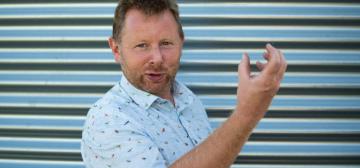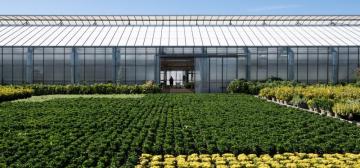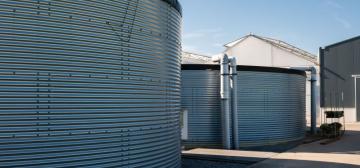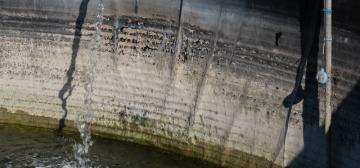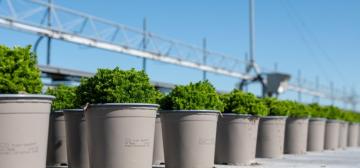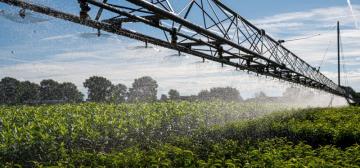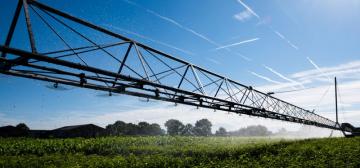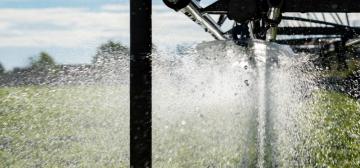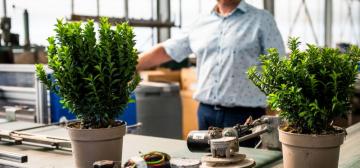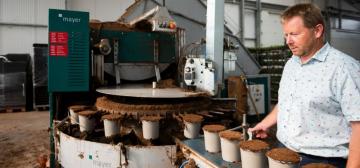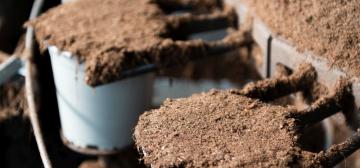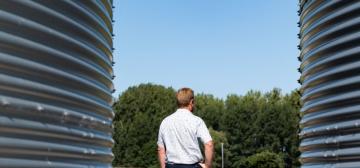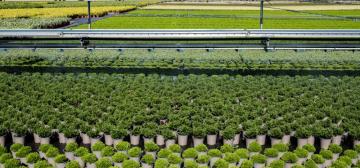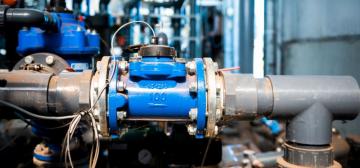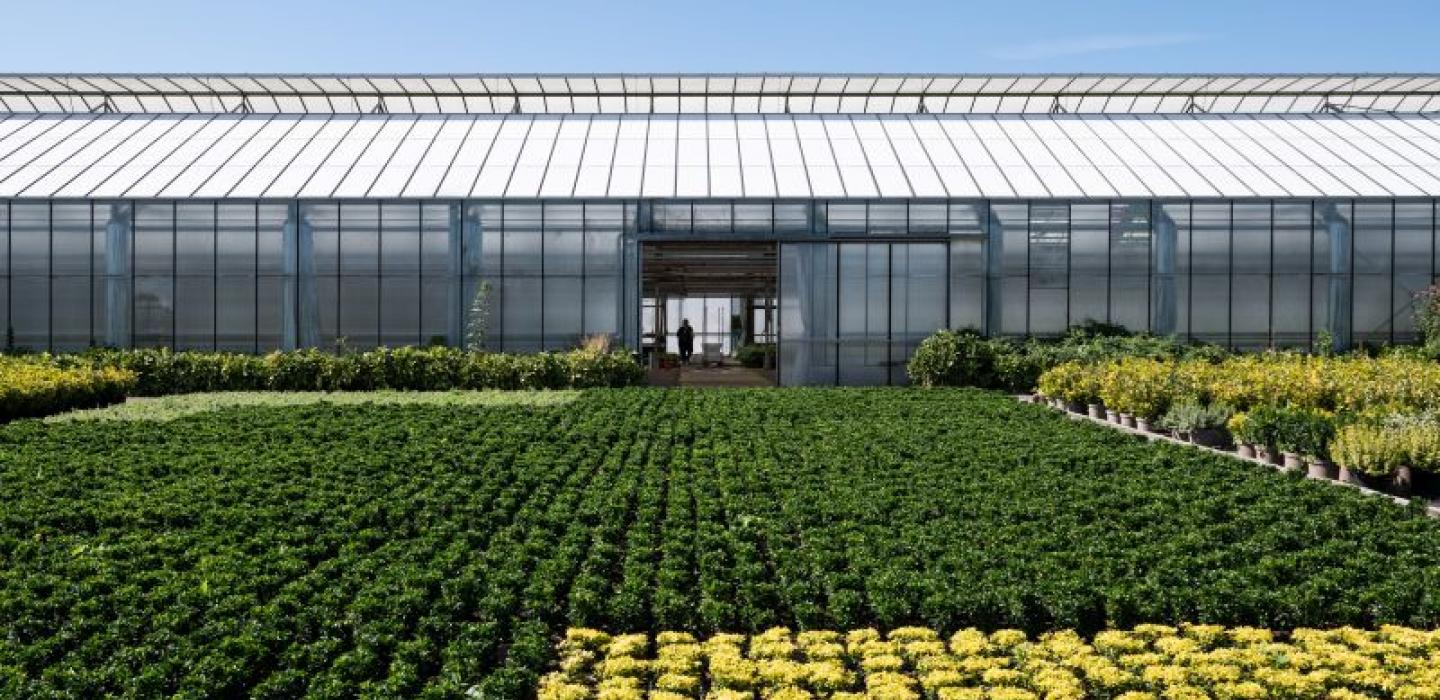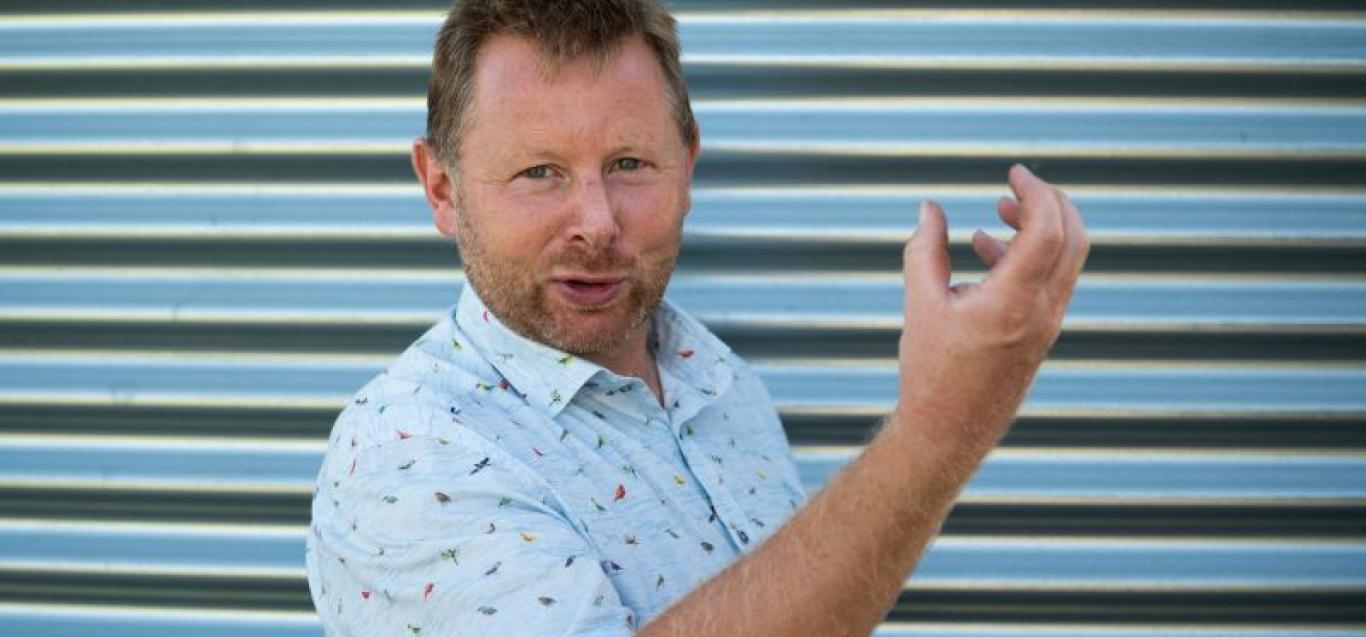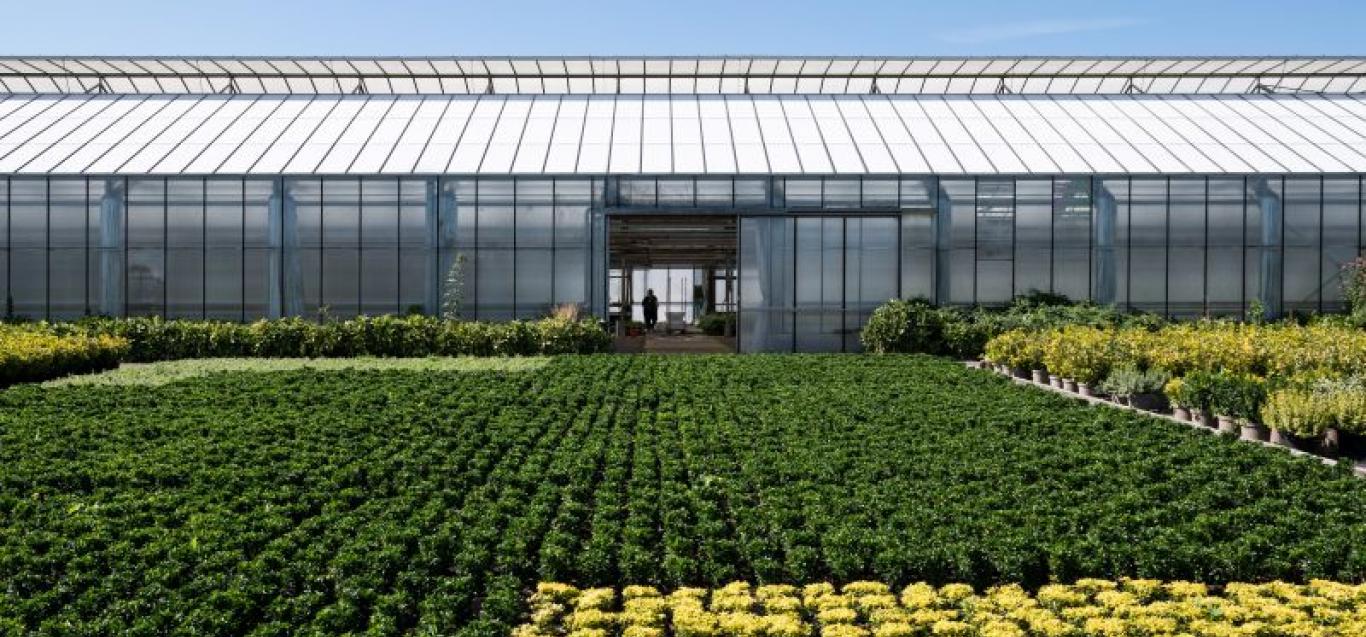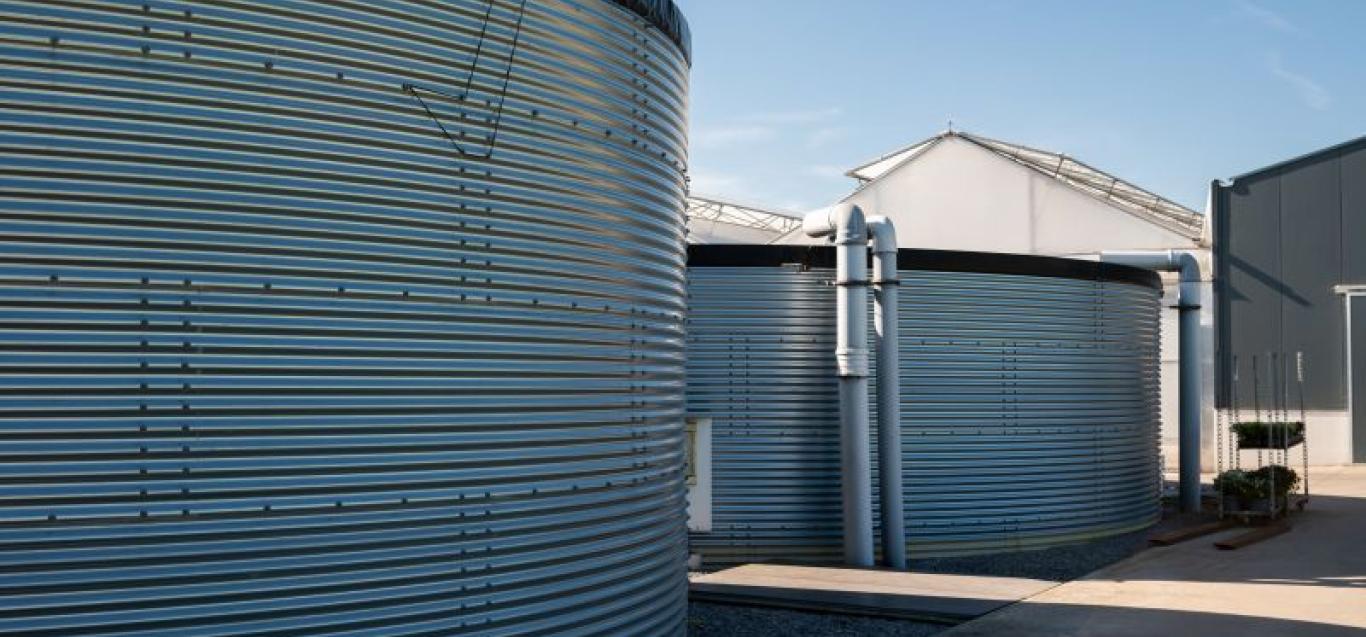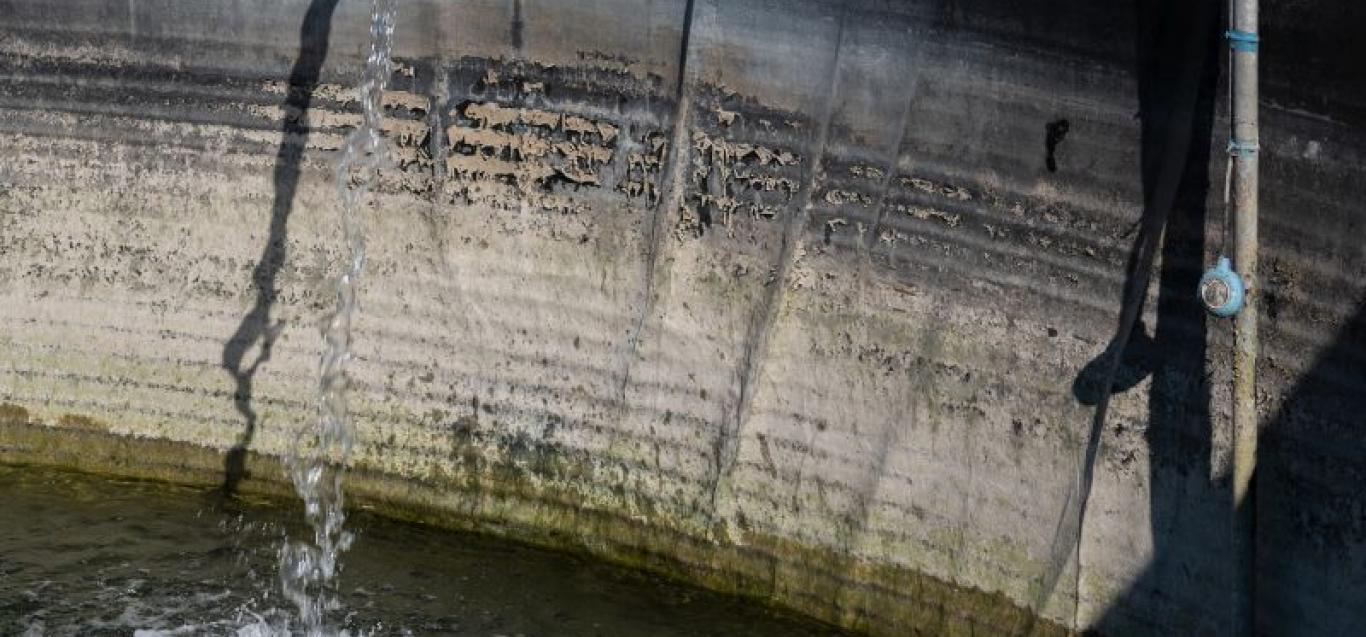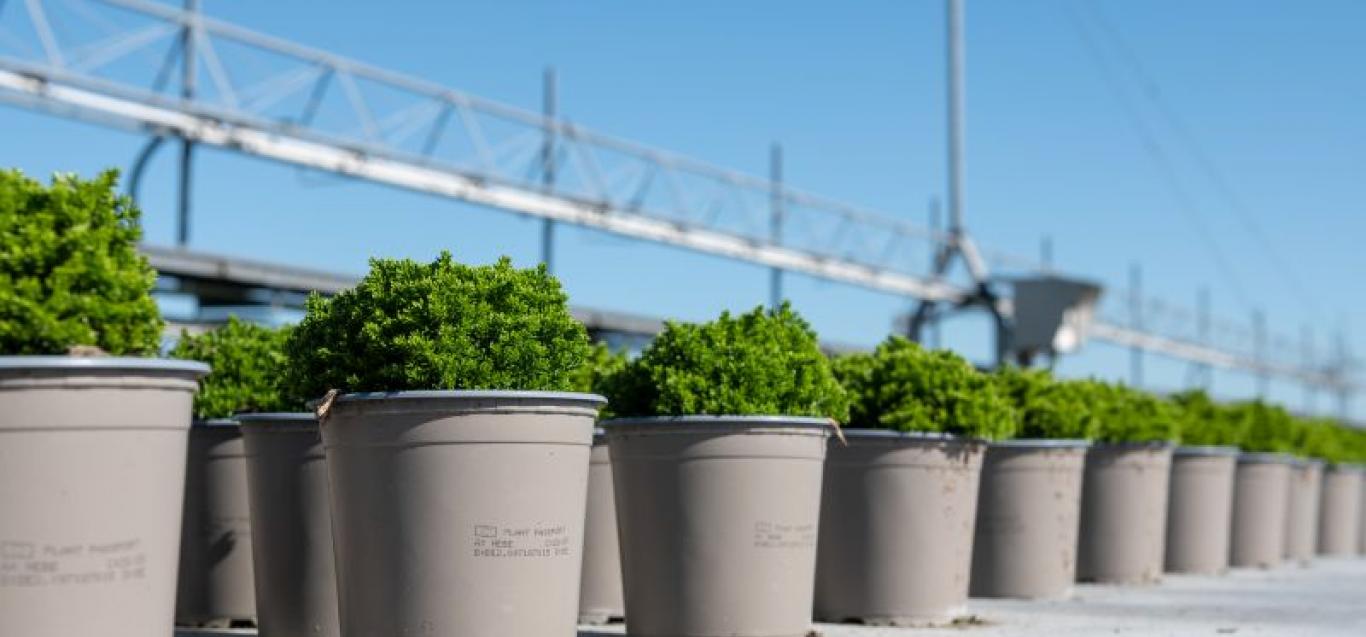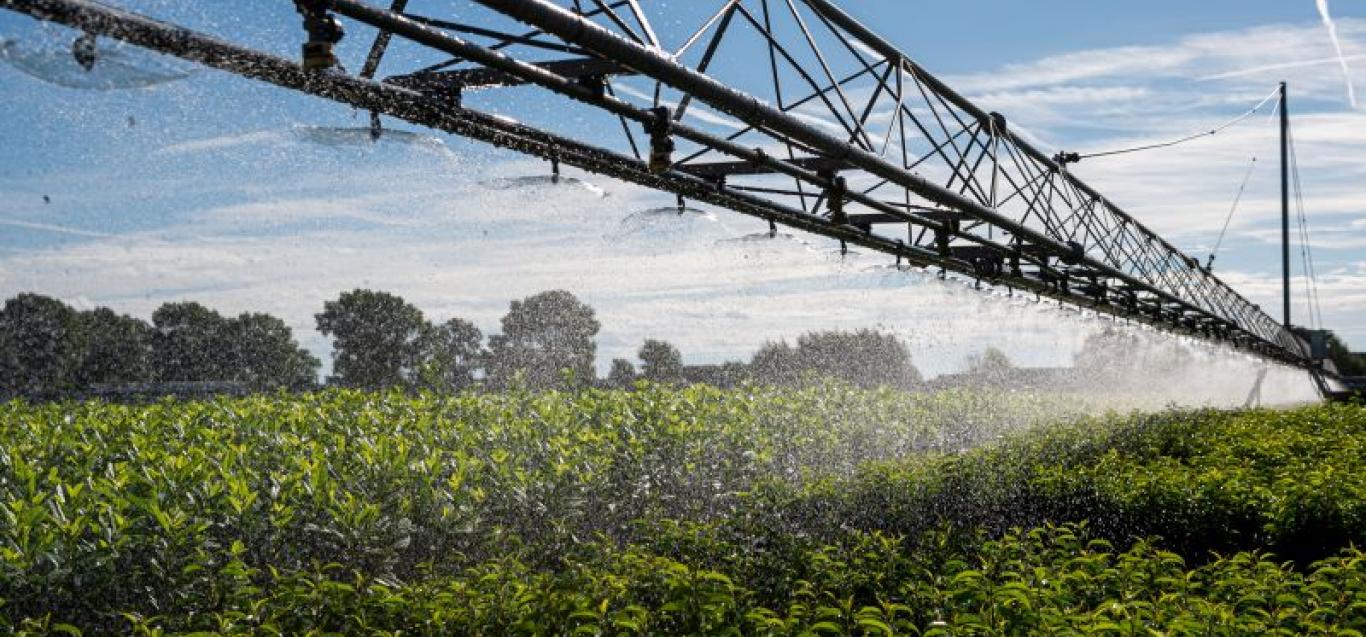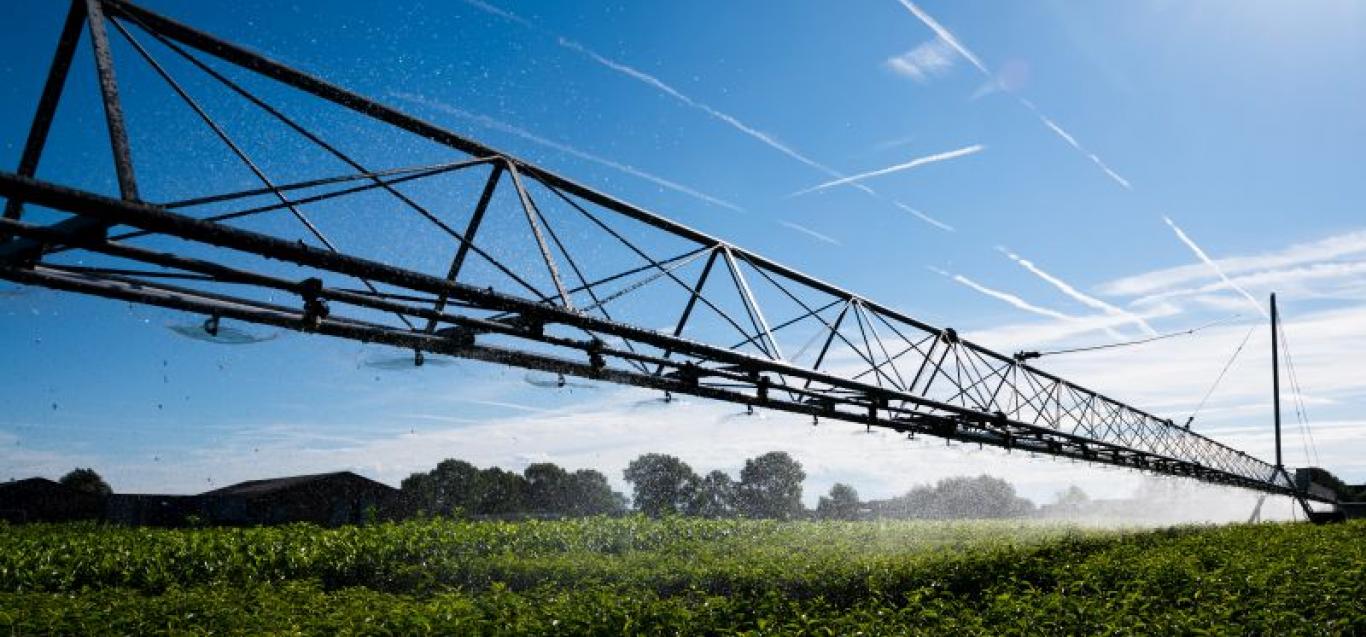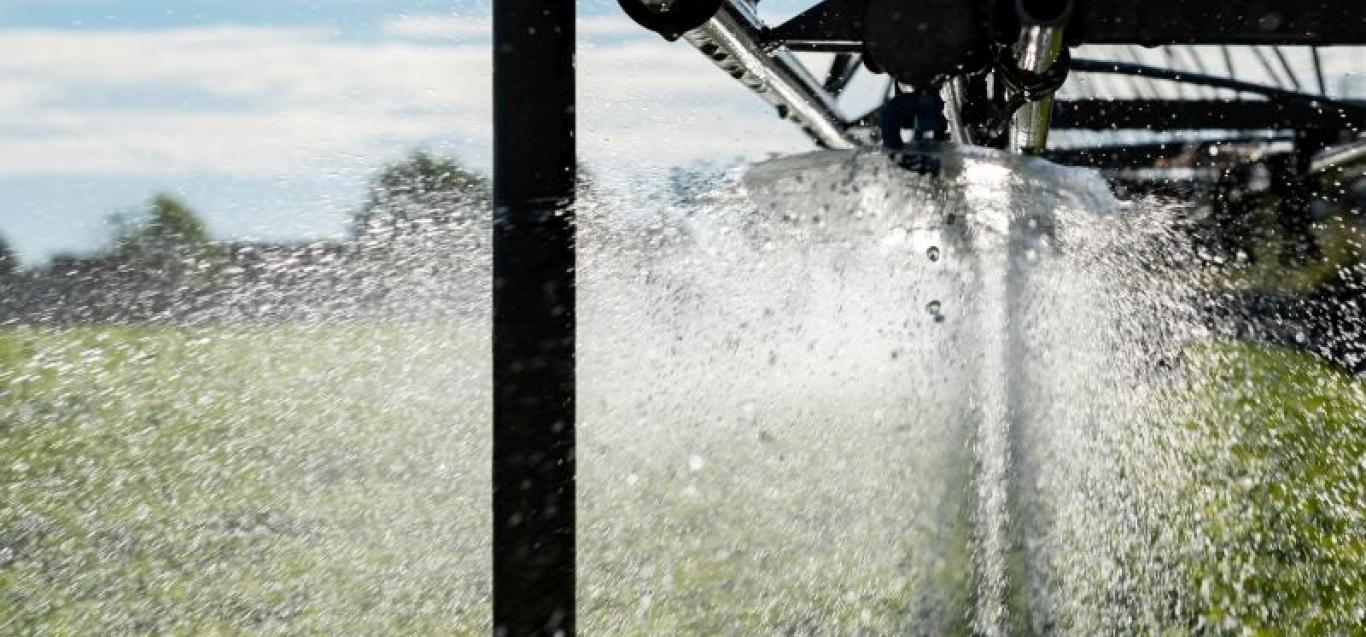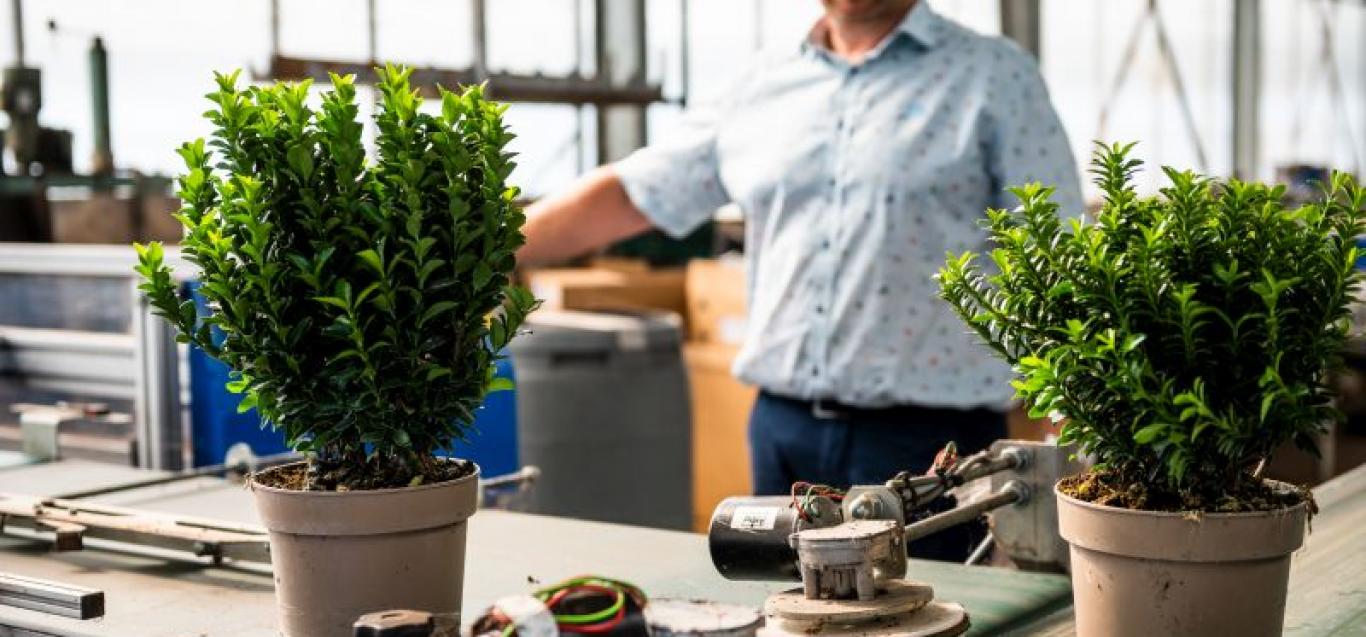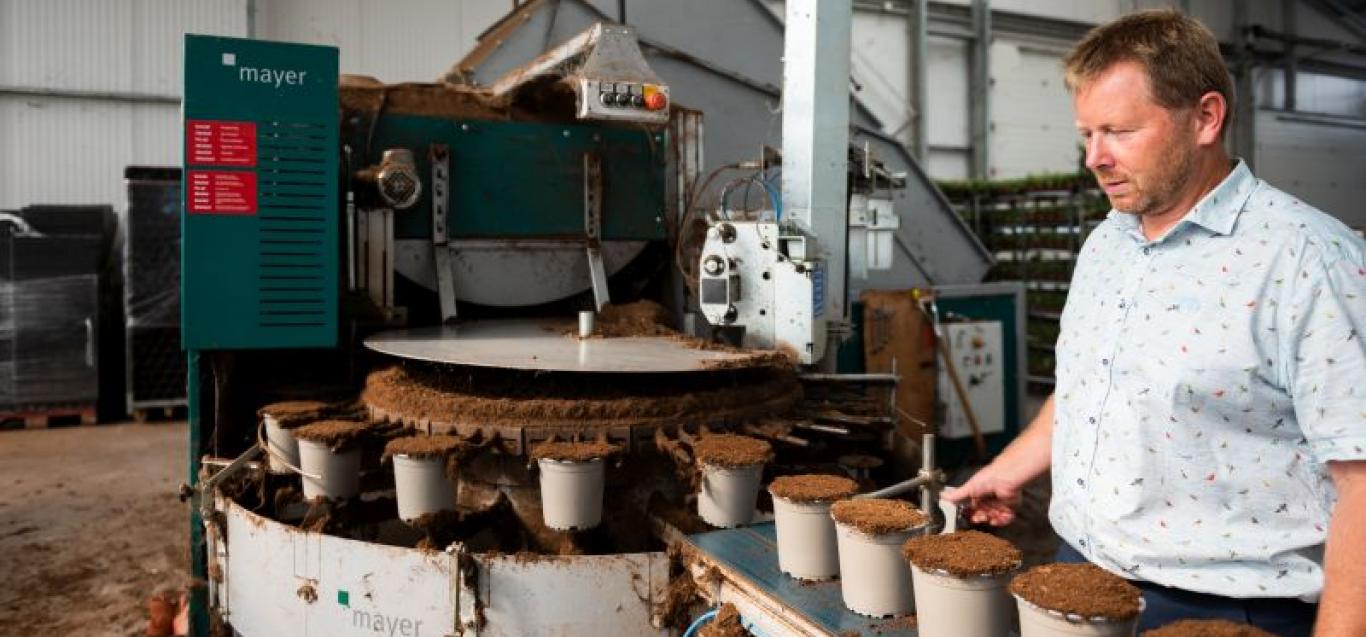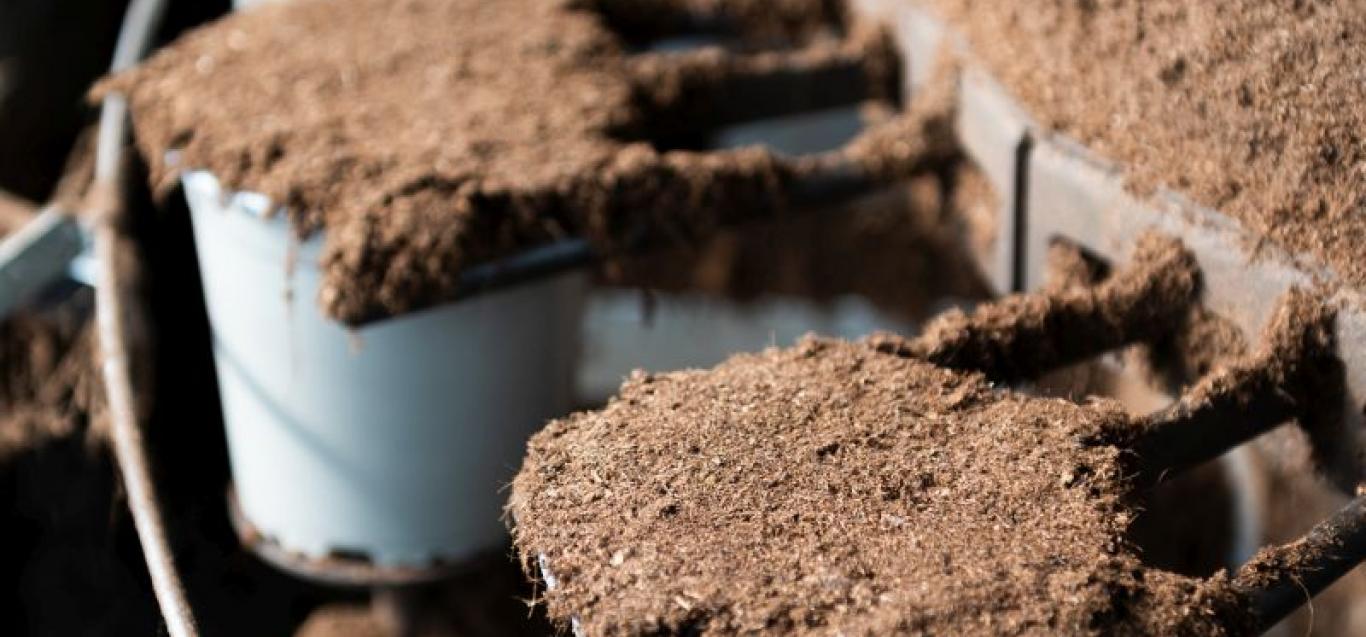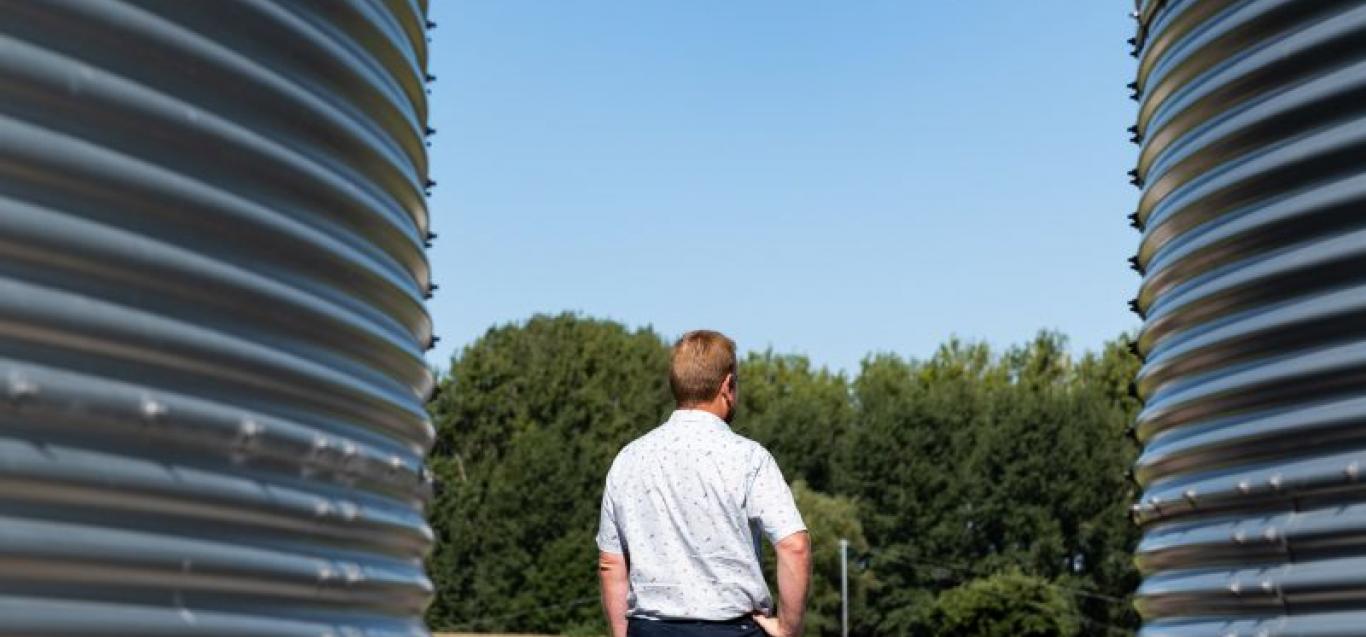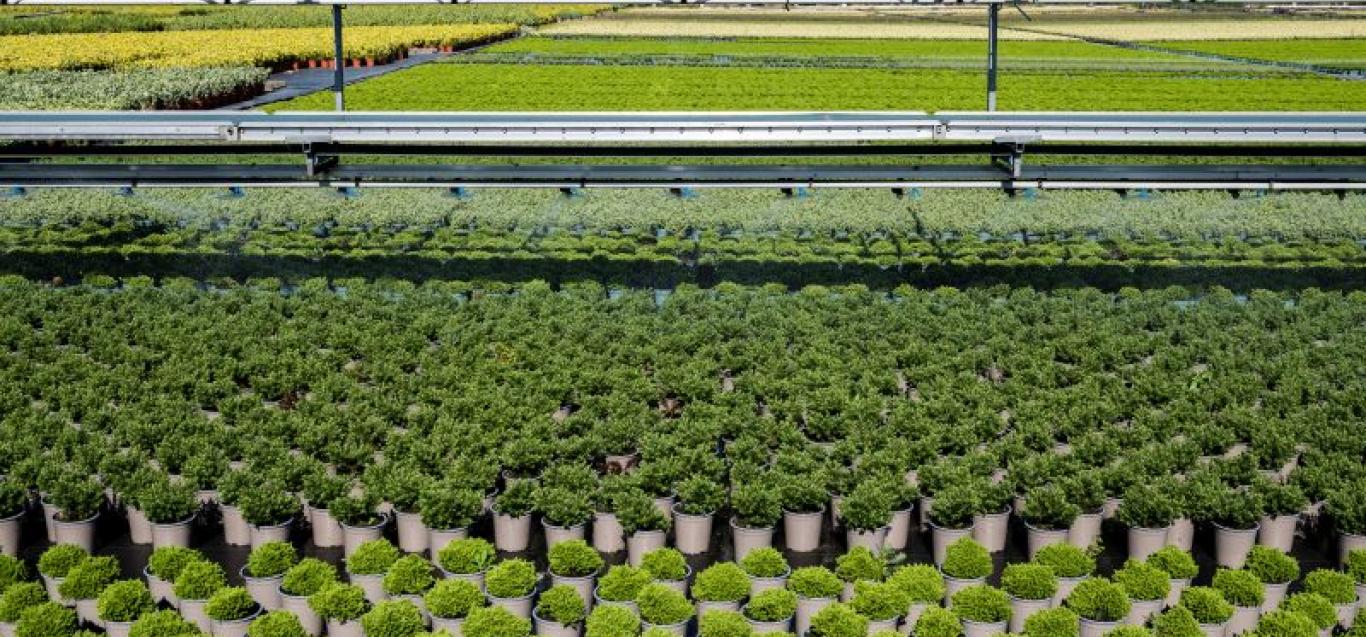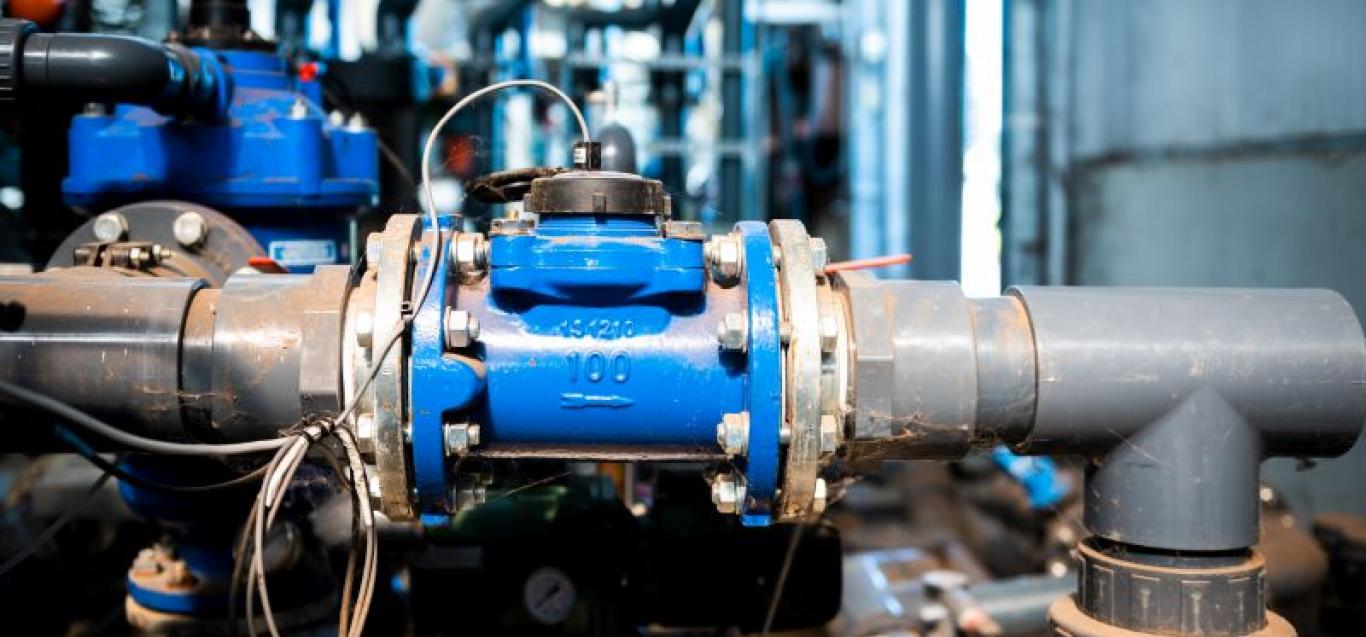An 800-metre-long pipeline from a large lake provides Erik Boterdaele with an almost inexhaustible supply of water for his floriculture company in Wetteren. However, that in no way means that the company is casual about its water supply. “I want a bigger water buffer at the company itself. Because water is the lifeblood of our company,” Erik is very much aware of this.
Writer: Ivan De Clercq, AVBS, on behalf of VLAM
“Water is the lifeblood of the company”
The company consists of around 1 hectare of greenhouses and 3.5 hectares of container fields outside with primarily outdoor plants such as Aucuba, Euonymus, Hebe, Prunus and Fatsia Japonica. About ten years ago, Erik decided to invest substantially in water silos on site, despite that there has always been a pipe to the nearby lake.
Clear evolution
“It was a substantial investment, that at the time was above all made by ornamental plant growers that had too little water. And in view of the lake that was absolutely not the case for us. However, the legislation in respect of water quality was becoming increasingly strict and the evolution towards discharging water as little as possible was already clear at the time,” says Erik. All the rainwater from the greenhouses and warehouse is now collected. It is only supplemented with water from the lake if there is a shortage. The water that falls on the container field is collected in cisterns. From there it is pumped to the sand filter. The purified water is then combined with the rainwater.
Avoid risk
In winter, the container fields are primarily empty. Then less water is consumed but there is more rain. As a result, water is still discharged in winter. However, Erik would like to keep that water in the future, which is why he is considering installing an additional basin or pond. The rainwater would be useful for the cultivation of Prunus. “With an EC (conductivity) of 0.7, the water from the lake is a good quality and I can sufficiently supplement my supply. But some crops such as prunus are extra sensitive. To avoid any risk of brown edges to the leaves, for example, I therefore want to make more use of rainwater. So, I have to collect more of it.”
Collect First Flush
Legislation may also lead to additional investments in water storage. The forthcoming first-flush legislation will make it compulsory to collect the first 100m3 of sudden heavy rainfall. At Erik Boterdaele’s company this is only a problem if the sand filter cannot cope with the incoming water in time. Additional cisterns could offer a solution here, if necessary.
Extra label, added advantage
Making intelligent use of rainwater is part of the company’s philosophy of sustainable enterprise. The company is MPS A and GLOBALG.A.P. certified. “I suspect that GLOBALG.A.P. will become the standard, but my experience is that if you can show you have additional label, especially on retail offers, it’s an added advantage. Once you’ve obtained one label, the effort to obtain the next one is usually not that big anymore.”
Vacuum and taupe
For ecological reasons, Erik Boterdaele opted for vacuum pots instead of injection moulded ones. The vacuum pots contain 30% less plastic and are made of recycled plastic that comes from consumer applications. “The new pots are to our liking and they are sturdy enough. For the larger pot sizes, I do still use injection moulded pots because they have to last longer at the company and are stronger too.” Starting this year, we changed to taupe-coloured pots in order to avoid the discussion about the black pots, which especially in the United Kingdom are claimed to be more difficult to recycle.
Automation offers convenience
At present Erik has six permanent employees, supplemented with an average of three to four seasonal workers. As much of the work as possible is carried out at the automation line. Where possible, plants are moved using a fork-lift truck. “Automation is often seen as a means of working with fewer people, but that’s not the case for us. Thanks to automation we were able to expand further. It’s never led to us working with fewer people.”
But more than working faster, Erik calls the use of an automation line a method making it possible to work more easily and above all more flexibly. “In the past we worked more with conveyor belts. Now it is easier to work next to each other using the fork-lift truck: preparing orders and potting plants at the same time, for example.”
"Everyone’s impressed by Amazon, but we do the same thing."
Just like Amazon
That flexibility is very useful for the day trading. “Everyone’s impressed by the logistics of Amazon or Bol.com, but we actually do the same thing here. Orders that arrive in the morning are already in Aalsmeer or Naaldwijk in the afternoon. Of course, it would be easier to work with a margin of one day, but everyone is jumping on the bandwagon and in the end, we’ve managed to as well. The flexibility allows us to serve clients that we otherwise would not have.” About 55 to 60% of the plants leave for the Netherlands. “We don’t see the Netherlands as another country anymore.”
Cooperation with other growers
The region around Ghent is home to many ornamental plant growers all close together, and even the colleagues in the Netherlands are not far away. So, it’s essential to stand out from all those companies and the only way to do so is with innovative varieties. “We are members of the Dutch association of growers Addenda. It is an association of 18 growers that amongst other things invest in breeding plants. As a result, we are able to distinguish ourselves on the market as a company with new Hebe varieties. If you have something new, you have something to tell your clients. New varieties often do better than older ones, for example with regard to resistance to disease. Being able to offer that on the market is also a form of sustainability.”
In addition to the growers’ association, Erik also cooperates with five other Belgian companies under the brand name BE.Plants. “We all produce garden plants and have many of the same plants but also complement each other. We are at trade fairs together, visit clients together and send joint mailings. We also regularly get together to discuss all manner of topics and deal with problems openly. It takes us a little out of our comfort zone, but I can recommend it to any company that wants to think as part of a group.
Erik Boterdaele bvba in figures
- Employees:
- 1 manager + 1/5 partner for administration
- 1 permanent employees
- 3,5 occasional workers
- 5 contractual workers
- Company surface area:
- 3,5 ha terrain outside
- 1 ha heated greenhouses
- 0,5 ha unheated greenhouses (frost proof)
- Export: 58% of the turnover
Share of export destinations- 46% The Netherlands
- 6% France
- 2% Germany
- 2% UK
- 2% Hungary, Italy, Luxembourg, Portugal,…
- Most important export products
- Hebe Addenda
- Prunus laurocerasus Rotundifolia, Caucasica, Novita
- Euonymus japonica + fortunei (# varieties)
- Fatsia japonica
- Aucuba japonica Variegata
- Hedera canarensis Montgommey + Hedera helix Hibernica
- Asparagus densiflorus Sprengeri
